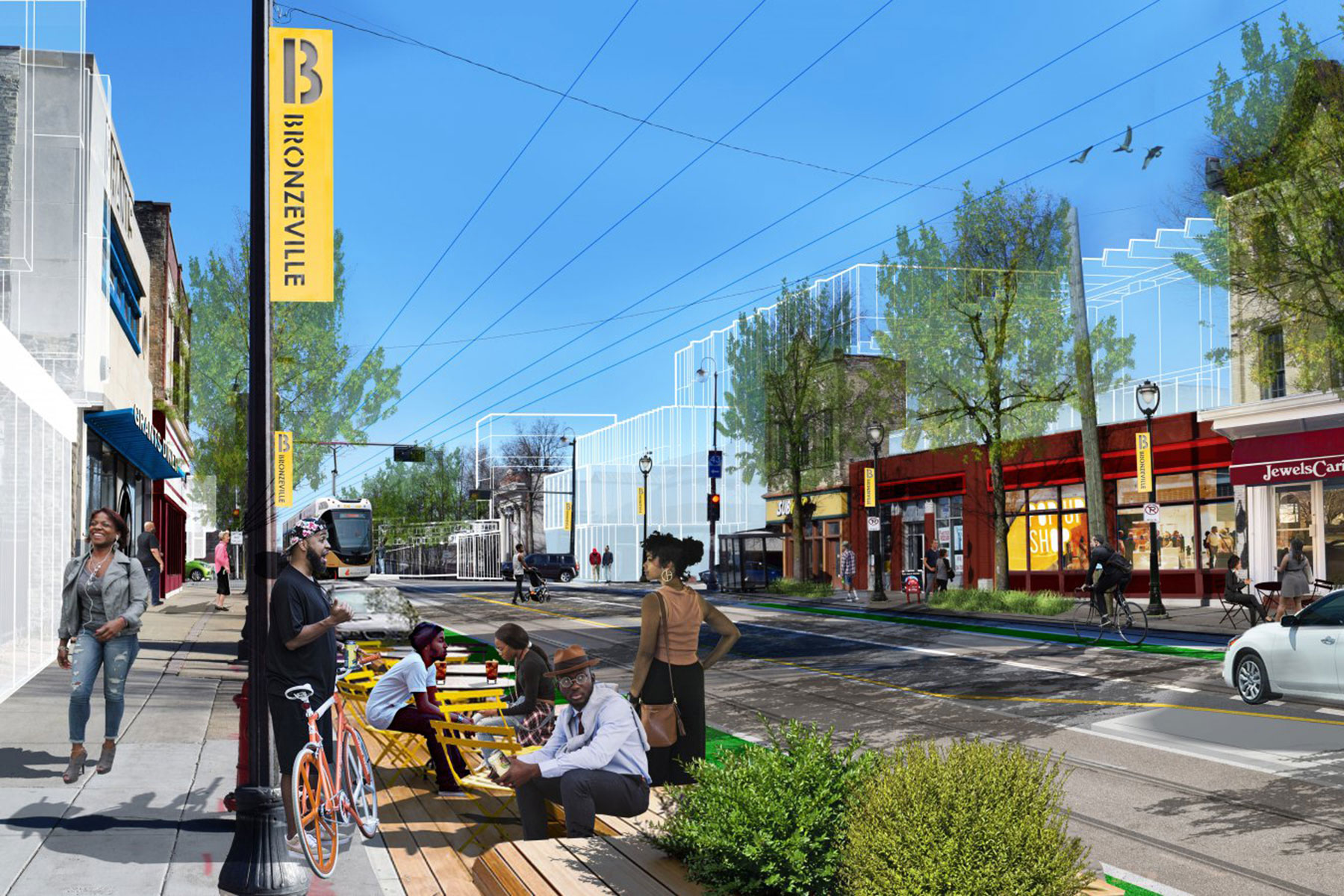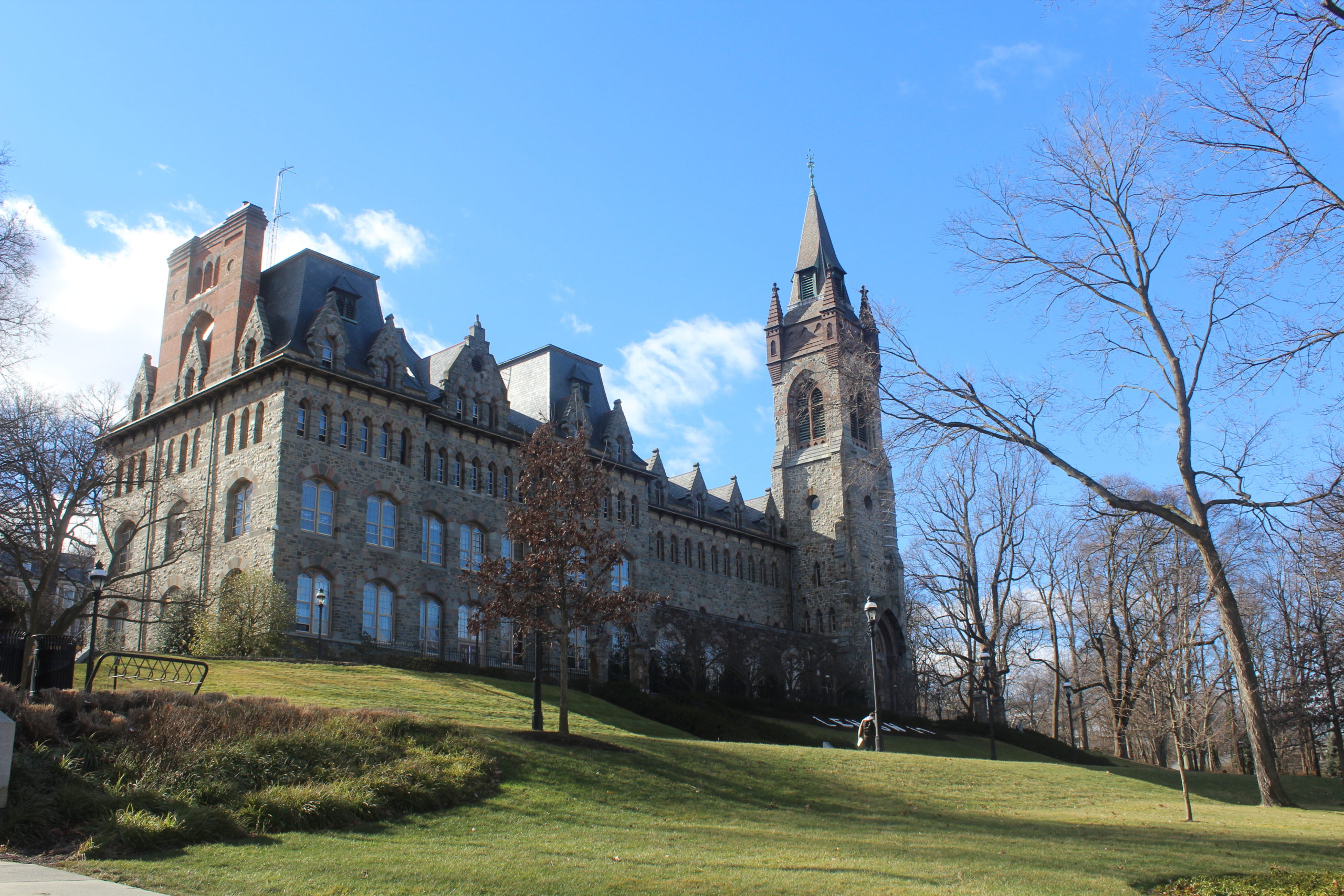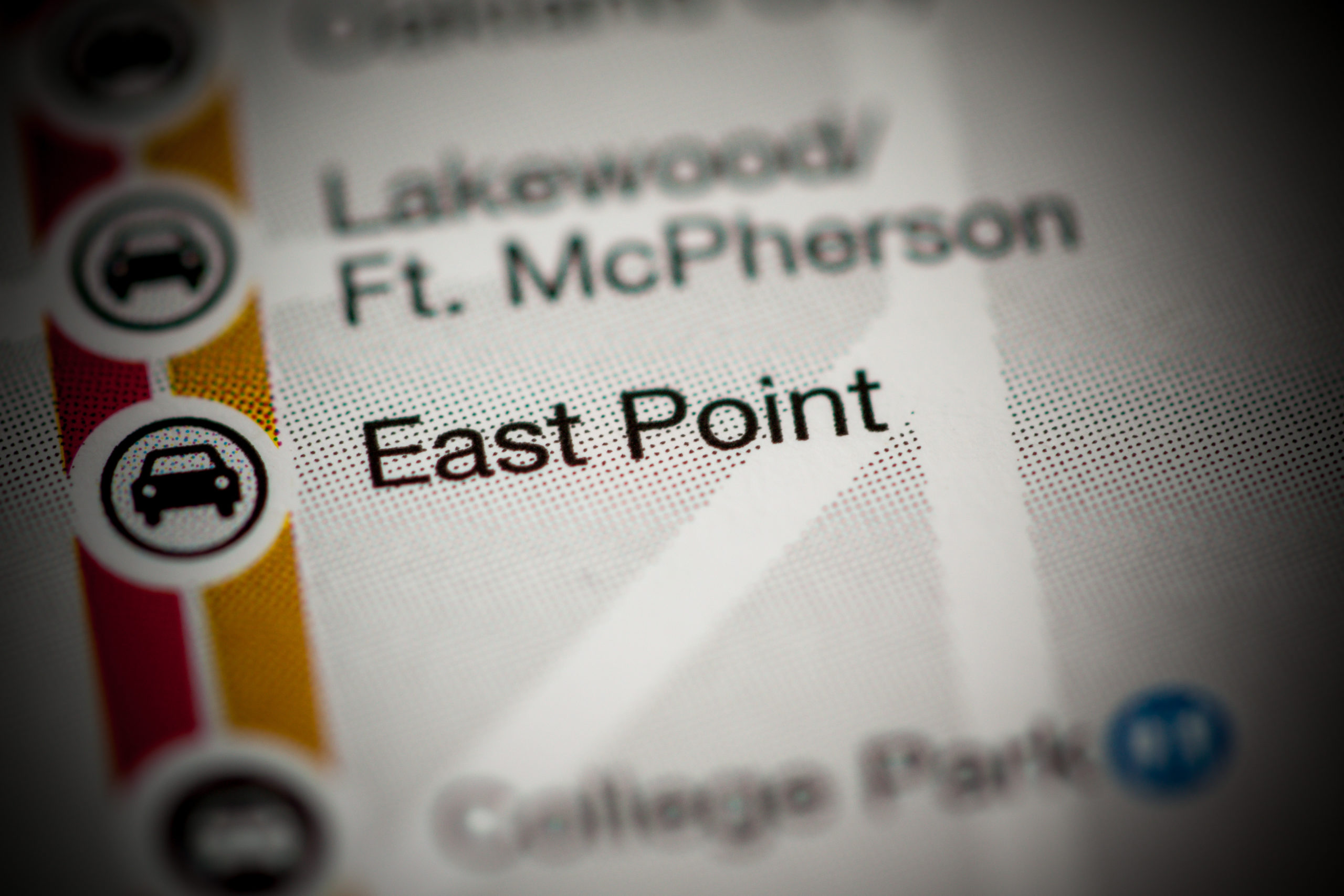HR&A worked with Buffalo Bayou Partnership to develop a comprehensive investment framework and master plan for Buffalo Bayou East, a 260-acre waterfront transformation extending Houston’s celebrated greenway network four miles east of Downtown. Our strategic planning work created the foundation for securing a historic $100 million catalyst gift from the Kinder Foundation, which will leverage an additional $210 million in public and philanthropic funding to support the first decade of development and operations.
The Buffalo Bayou Partnership sought to extend their success at the nationally recognized Buffalo Bayou Park eastward into Houston’s Second and Fifth Wards, communities that have been disconnected from their waterfront due to industrial use. HR&A created an Investment Framework Report that assessed existing conditions and established a clear vision based on principles of authenticity, connectivity, inclusiveness, and resilience. We identified specific open space and neighborhood redevelopment opportunities while developing long-term implementation strategies that would guide Buffalo Bayou Partnership’s eastward expansion and catalyze broader community revitalization.
HR&A then managed the competitive selection process that brought on Michael Van Valkenburgh Associates to lead a world-class master planning team. We guided the entire master planning process, leading analysis and strategy development across real estate, funding, community engagement, and implementation planning to ensure the final blueprint would be both visionary and achievable. The resulting master plan’s credibility and strategic foundation directly contributed to securing the Kinder Foundation’s transformative commitment, positioning Buffalo Bayou East to become Houston’s next signature urban green space while driving economic opportunity in historically underserved neighborhoods.
Explore:
A 10-Year Plan for Buffalo Bayou East
Press:
What’s next for Buffalo Bayou? $10 million grant accelerates master plan’s 3 key projects
Awards and Recognition:







